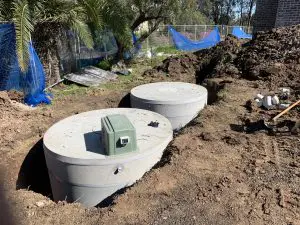Why is the Treatment of Wastewater Important?
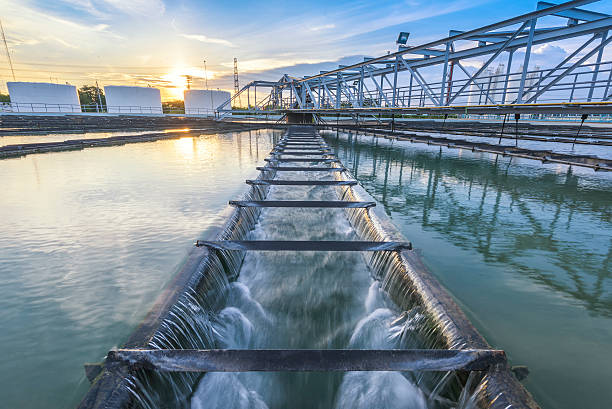
Wastewater—often referred to as sewage or used water—emanates from various human activities, encompassing domestic, industrial, and commercial sources. It is laden with contaminants, including pathogens, chemicals, and nutrients that pose significant risks to our environment and public health. The treatment of wastewater is not just a regulatory requirement; it is a fundamental practice that underpins sustainable water management and ecological balance. In this blog post, we will delve deeper into the reasons why wastewater treatment is crucial for our planet and society.
The Hidden Costs of Neglect: Why Regular Maintenance for Your AWTS Can Save You Big
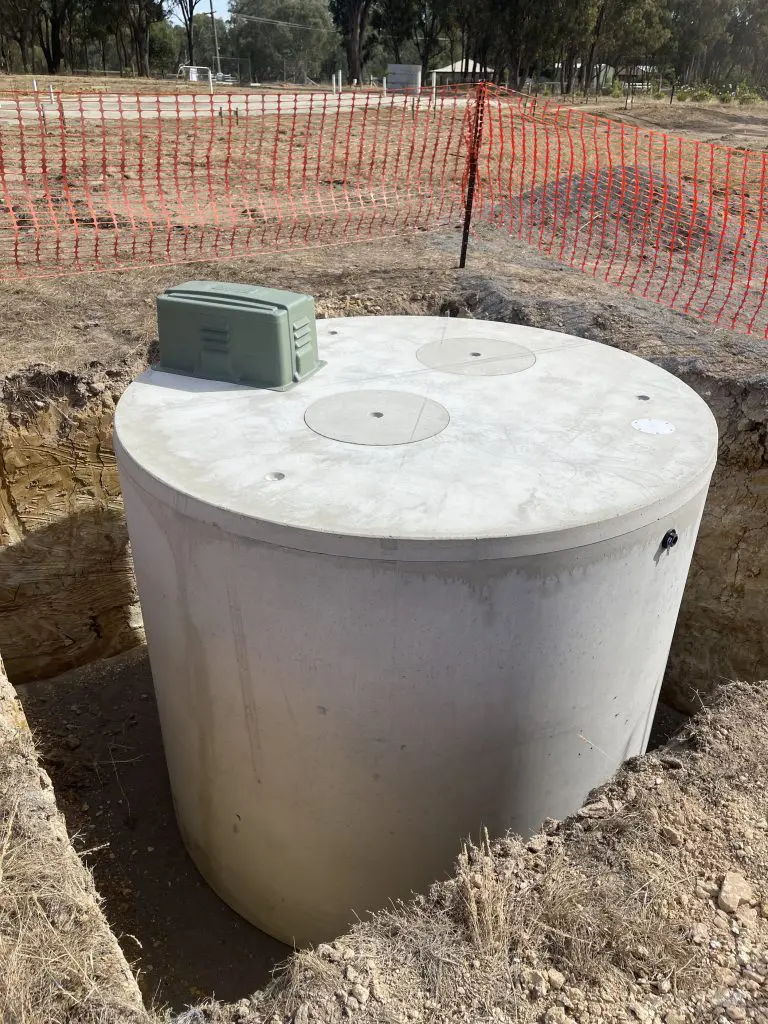
When it comes to managing a home, few things are more crucial yet easily overlooked than your Advanced Wastewater Treatment System (AWTS). While these systems are designed to be robust and efficient, neglecting regular maintenance can lead to significant financial repercussions. This blog explores why keeping your AWTS in top condition is not just about avoiding inconvenient breakdowns, but also about safeguarding your wallet from unforeseen expenses.
Choosing Plants for Your Garden Near a Septic System
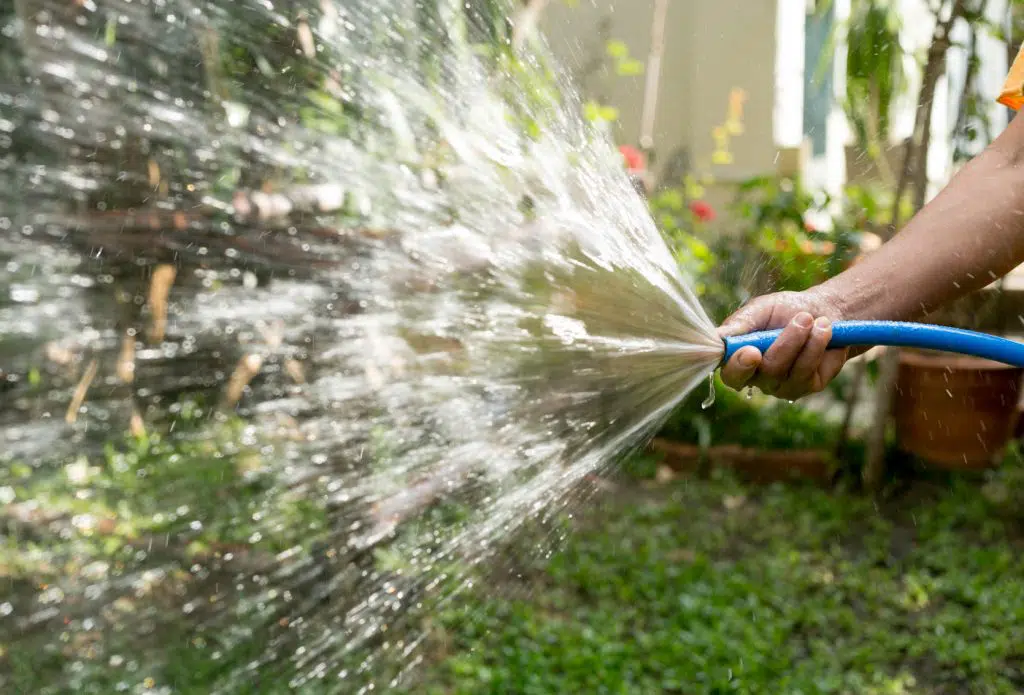
When planning your garden around a septic system, careful consideration of plant selection is crucial to ensure both the health of your plants and the proper functioning of your septic system. In this blog post, we’ll explore suitable plants for septic systems, considerations for gardening near septic tanks and drain fields, and tips for maintaining a healthy garden in this environment.
Cultivating Greenery: Maximizing Your Septic Tank Area with a Lush Garden
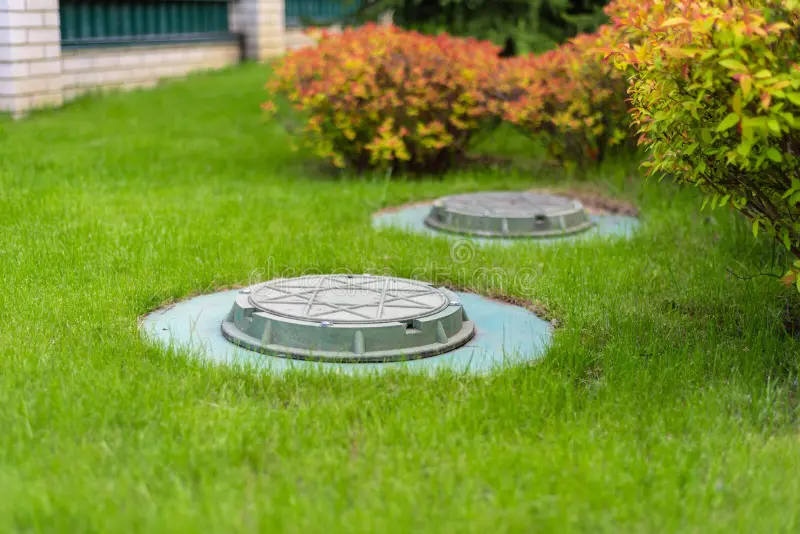
When it comes to landscaping around your home, the area above your septic tank might not be the first place that comes to mind. However, with a little creativity and careful planning, this often overlooked space can be transformed into a vibrant garden oasis. In this guide, we’ll explore the ins and outs of growing a garden around your septic tank system, offering tips and tricks for maximizing both the beauty and functionality of this essential area.
Common Septic Tank Problems and How to Prevent Them
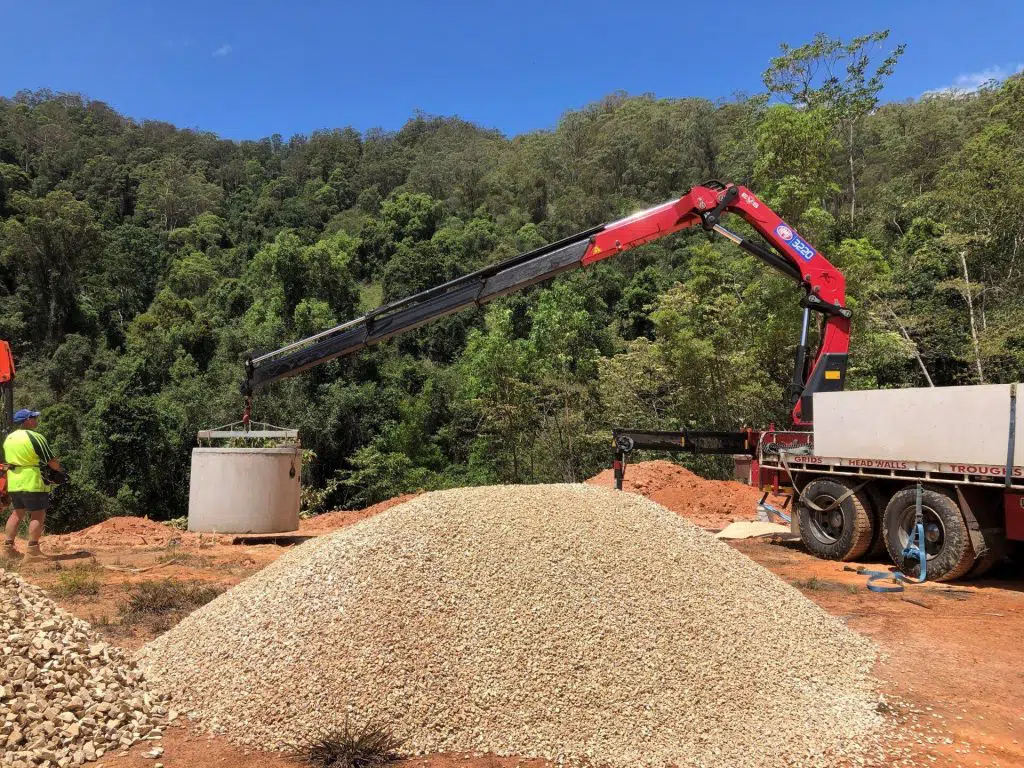
Maintaining a healthy septic system is essential for the smooth operation of your household’s wastewater management. However, like any other component of your home, septic tanks can encounter issues over time. From clogs and leaks to drain field problems, understanding these common septic tank problems and implementing preventive measures is key to avoiding emergencies and prolonging the lifespan of your system. In this comprehensive guide, we’ll explore the typical issues homeowners may encounter with their septic tanks and provide practical tips for prevention.
Cultivating a Garden near Your Septic Tank System – Insights and Advice
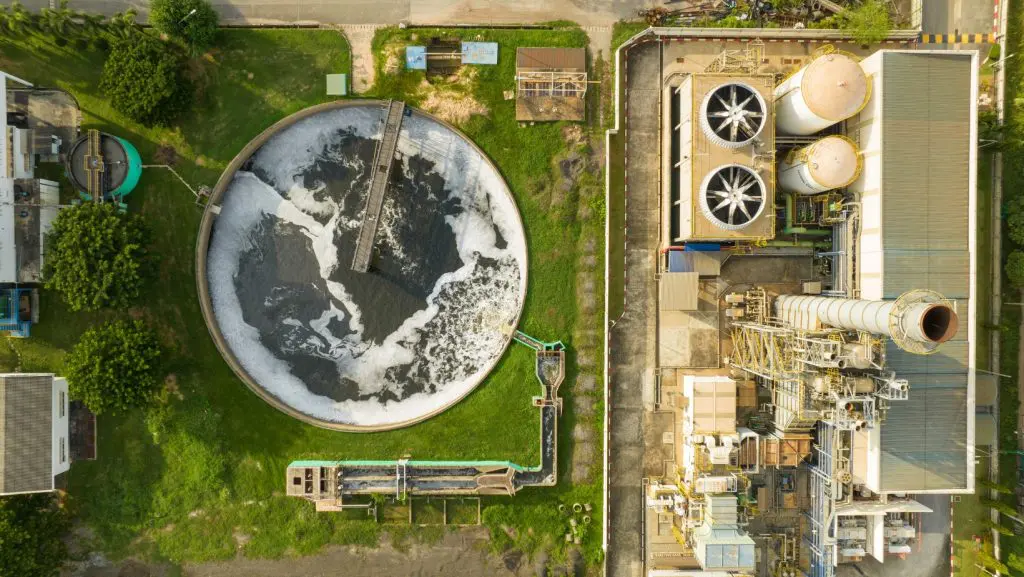
Your septic system is a vital part of your home’s infrastructure, quietly working to treat and dispose of wastewater. However, many homeowners unknowingly put their septic system at risk by using common household chemicals that can harm its delicate balance. In this comprehensive guide, we’ll explore the impact of household chemicals on your septic system, provide tips for maintaining its health, and offer best practices to extend its lifespan. Whether you’re a new homeowner or a seasoned septic system owner, understanding how these chemicals affect your system is crucial for its longevity and efficiency.
Sustainable Home Living: Strategies to Reduce Wastewater
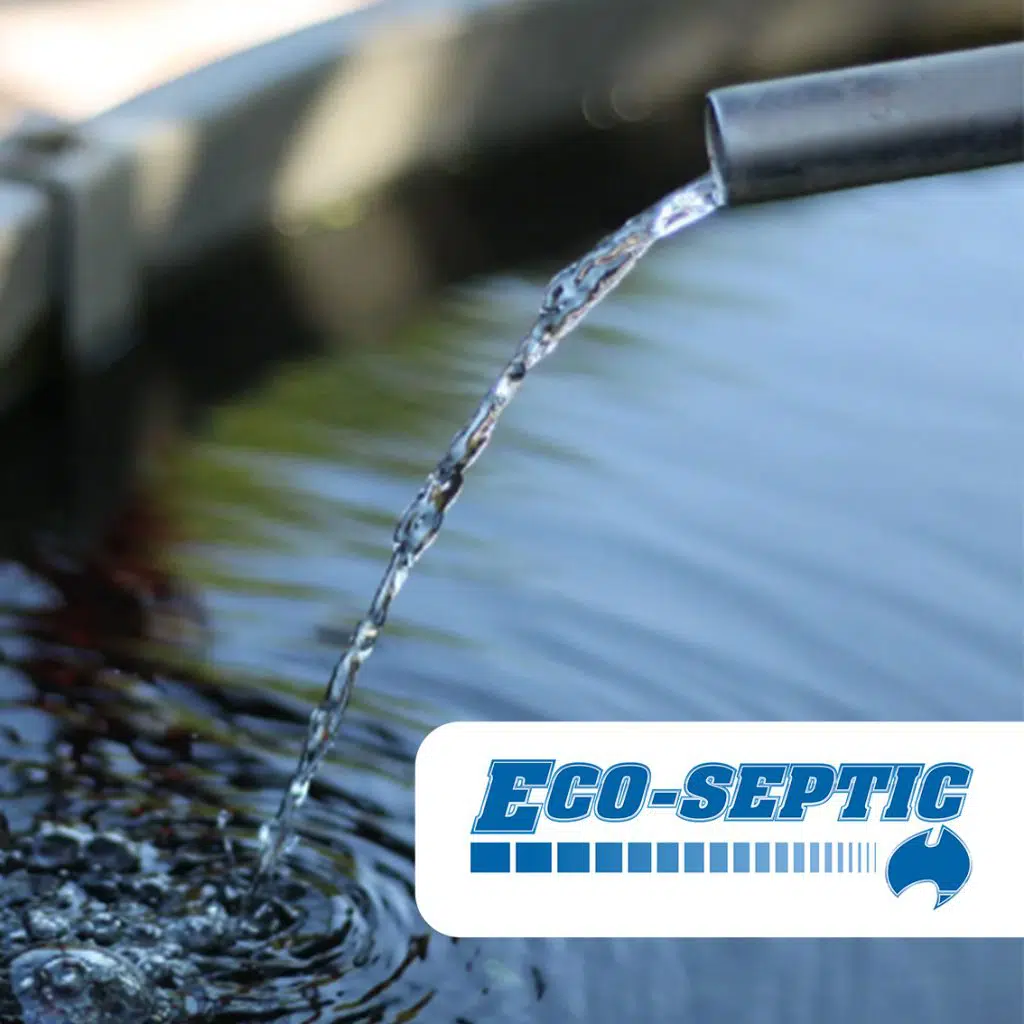
Water is the essence of life, and yet, we often squander it without a second thought. As concerns about water scarcity and environmental sustainability continue to rise, it’s imperative that we take proactive steps to reduce wastewater at home. By adopting simple yet effective strategies, we can not only conserve this precious resource but also minimize our impact on the environment. In this blog, we’ll explore various methods to reduce wastewater at home while promoting eco-friendly living.
The Key to a Healthy Home: Understanding the Importance of Regular AWTS Maintenance
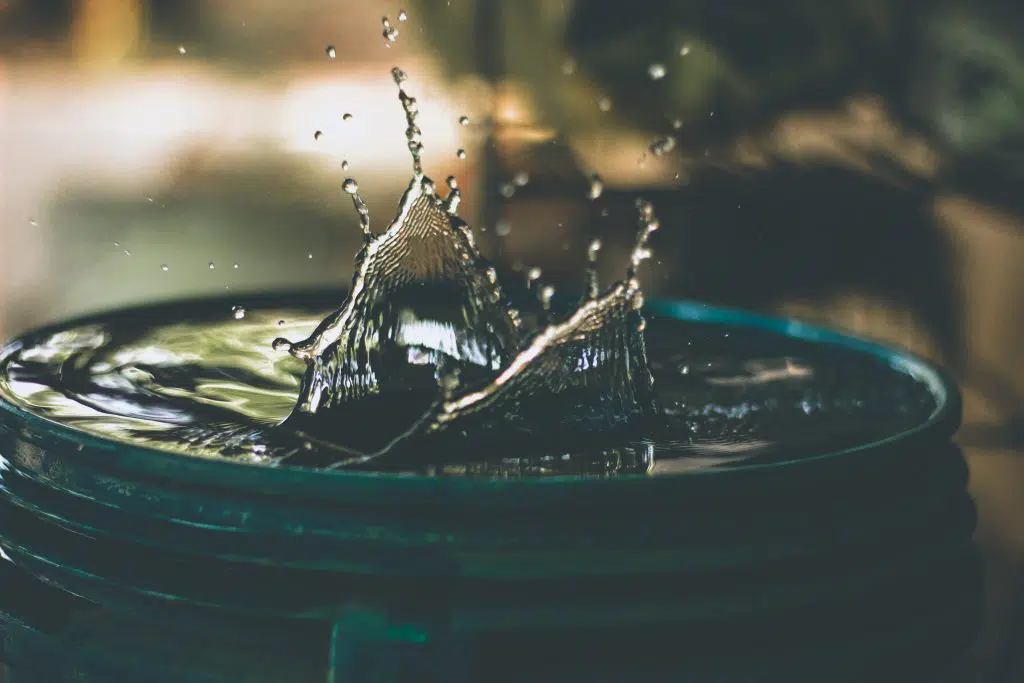
In an era where environmental sustainability is increasingly prioritized, innovative solutions for water conservation are gaining traction. Among these solutions, grey water recycling systems stand out as an effective way to reduce water consumption and minimize environmental impact.
Secrets to keeping an Odor Free Septic System

When it comes to home maintenance in Sydney, one aspect that often goes unnoticed until there’s a problem is the septic system. While septic systems are a reliable and efficient way to manage wastewater in many Sydney homes, they can sometimes develop unpleasant odours that are not only a nuisance but also a sign that something might be amiss. In this comprehensive guide, tailored to the unique conditions of Sydney, we’ll uncover the secrets to maintaining an odour-free septic system that will keep your home smelling fresh and clean.
Secrets to an Odour-Free Septic System

Secrets to an Odour-Free Septic System When it comes to home maintenance in Sydney, one aspect that often goes unnoticed until there’s a problem is the septic system. While septic systems are a reliable and efficient way to manage wastewater in many Sydney homes, they can sometimes develop unpleasant odours that are not only a […]

